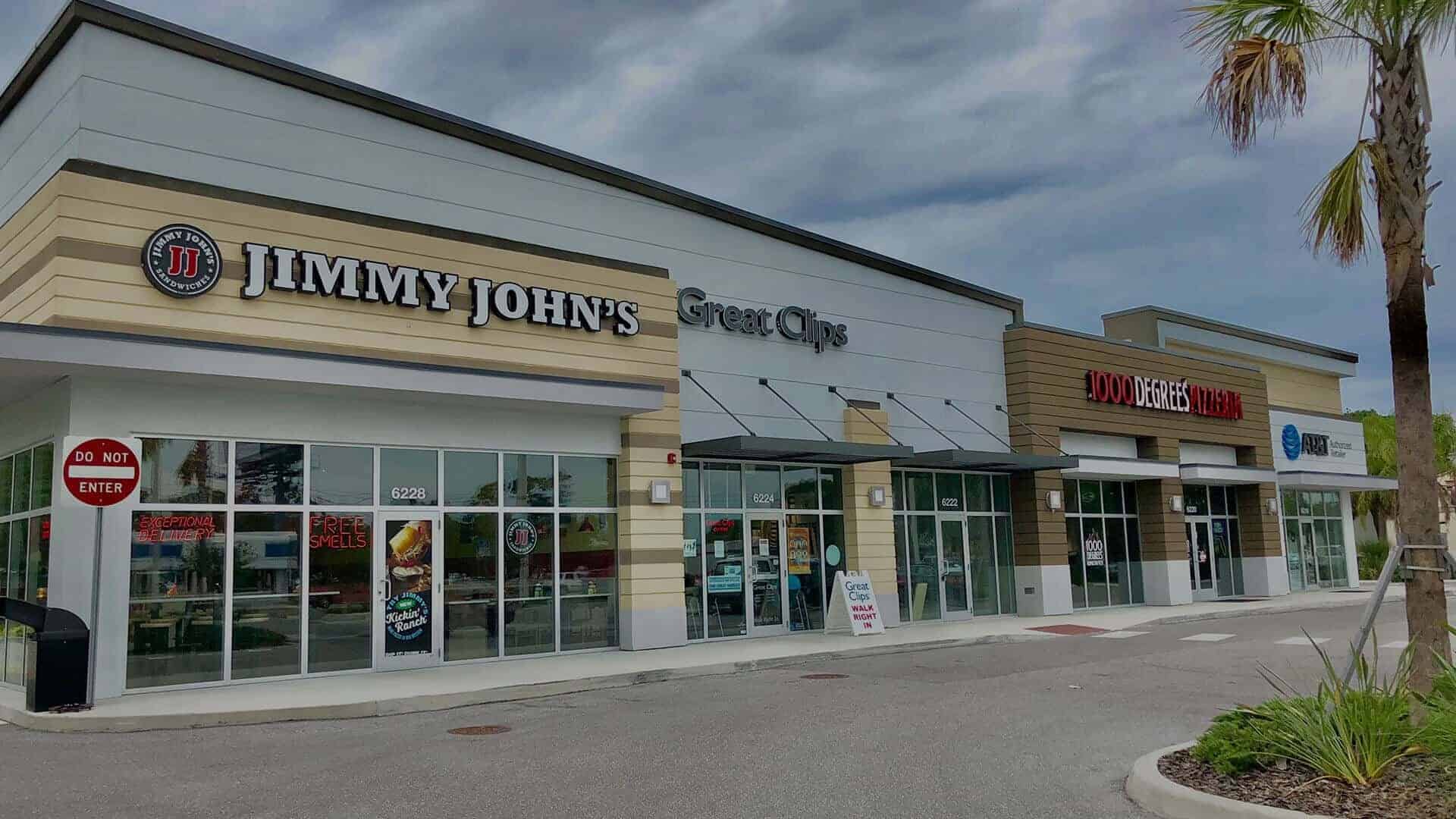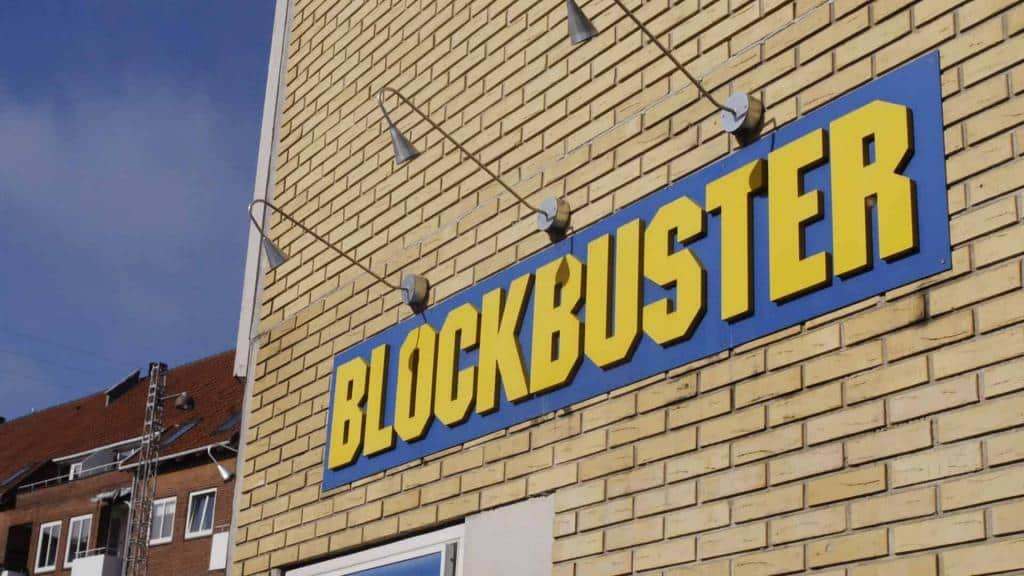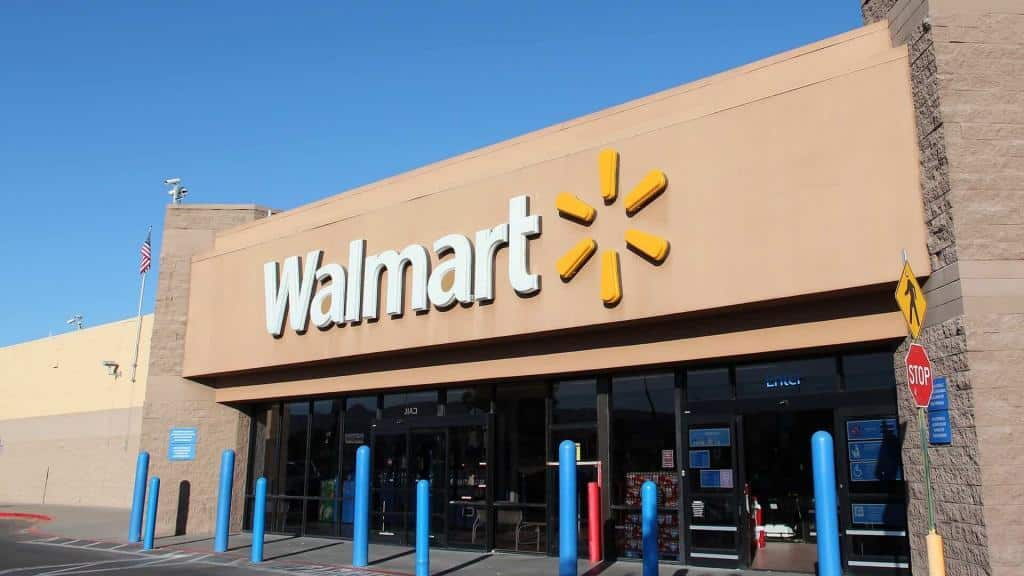The banking industry continues to change, with the majority of financial institutions focusing resources on technology initiatives rather than aggressive brick and mortar growth strategies as in the past. Over the last 24 months, more than 5,700 bank branches closed throughout the country with a forecasted 1,700 units to close in 2019. Don’t take these stats the wrong way! Banks remain to be in a healthy position, this move is simply a result of a narrower focus on omnichannel strategies to connect with customers. The way customers use banks now has changed drastically over the last 10 years, many conducting regular transactional business, deposits, and direct bill payment all through the bank’s online platforms. Alternative uses such as medical, health, and professional office look to take advantage of these opportunities and occupy former bank branches.
As bank’s strategies for growth change from a more brick and mortar plan to now the implementation of growth through online initiates, many are closing and downsizing their physical locations to redirect resources. Banks have traditionally occupied very good real estate with their sites either being at signalized intersections or within highly trafficked retail corridors. With these closures, landlords see an opportunity to reuse the space with other retail, medical, health, professional office, co-working, cannabis, and many other alternative uses. If the bank branch building is functionally obsolete, many of these sites are on 1+ acre parcels with lends favorable to redevelopment which could include a c-store, fast food, or to another retail use.








About The Author: Jeff Dervech
More posts by Jeff Dervech